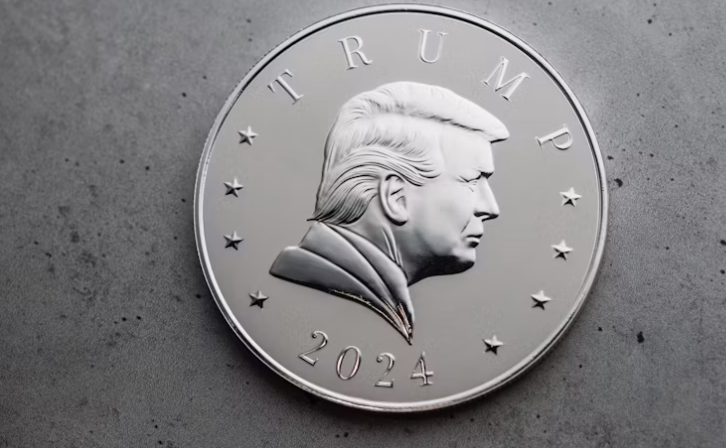$SPY $DXY $BTC
#DonaldTrump #USGrowth #Tariffs #MorganStanley #Economy #StockMarket #TradeWars #USMarket #GlobalEconomy #FederalReserve #SethCarpenter #Inflation
Donald Trump’s proposed tariffs are expected to have a significant impact on the U.S. economy as we move toward 2026, according to Morgan Stanley’s chief global economist, Seth Carpenter. Carpenter anticipates these tariffs will considerably slow U.S. economic growth, largely because of their effect on trade flows, supply chains, and the overall cost of goods. Historically, tariffs have led to higher consumer prices, lower business investment, and retaliatory measures from trade partners, all of which can weigh on domestic growth. The rates and scope of the tariffs Trump discussed—potentially affecting hundreds of billions of dollars in imported goods—could mark a substantial setback for the overall health of an economy that some experts already believe is on thin ice.
Investors and market participants should be cognizant of how tariffs can introduce volatility into both equity and currency markets. For instance, U.S. multinational companies that rely on global supply chains could face increased input costs, pressuring margins and affecting stock performance. Consider companies listed on key indexes like the $SPY, which tracks the S&P 500. Firms that are sensitive to economic headwinds—particularly in the manufacturing and goods sectors—are highly exposed in trade war scenarios. Additionally, U.S. tariffs typically lead to a strengthening of the $DXY (U.S. dollar index) as importers convert foreign currency to pay for goods, which could in turn adversely affect U.S. exports by making them more expensive abroad. Ongoing trade disruptions may also impact consumer confidence and spending, which is the backbone of U.S. GDP growth.
While sectors such as technology and crypto—including $BTC—remain somewhat insulated from the direct impacts of tariffs, the broader economic repercussions of tariff-driven slowdowns cannot be ignored. We may very well see reduced growth not only in traditional industries but also in emerging sectors. Companies heavily reliant on discretionary spending and global sales may face a trickle-down effect from rising prices and suppressed consumer demand. Morgan Stanley’s warning highlights these risks, suggesting businesses and investors should brace for a potentially prolonged period of uncertainty. The Federal Reserve’s actions will also be critical in managing any inflationary pressures that arise from heightened tariffs, as higher import costs could further complicate the central bank’s balancing act between price stability and fostering growth.
Beyond the immediate economic hit, the political ramifications of Trump’s trade policies will be under scrutiny as 2026 approaches. In a globalized market, any unilateral move by the U.S. on tariffs can elicit broader discontent, potentially leading to escalated trade wars. Countries like China—already a rival in economic negotiations—could retaliate with tariffs of their own, leading to what some economists term a “lose-lose” situation. This era of protectionism could stymie years of progress in global trade deals, divert capital flows, and restrain multilateral partnerships. Investors, policy-makers, and everyday consumers alike will need to stay attuned to these shifting dynamics as the 2026 deadline looms, determining just how severe the downturn could be.











Comments are closed.